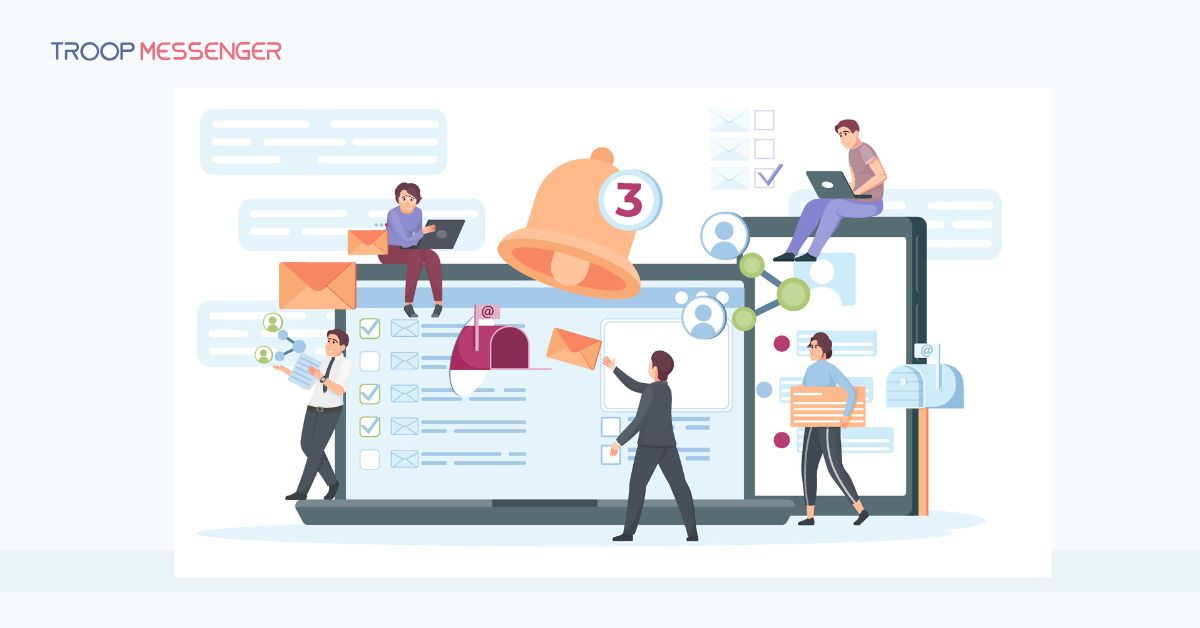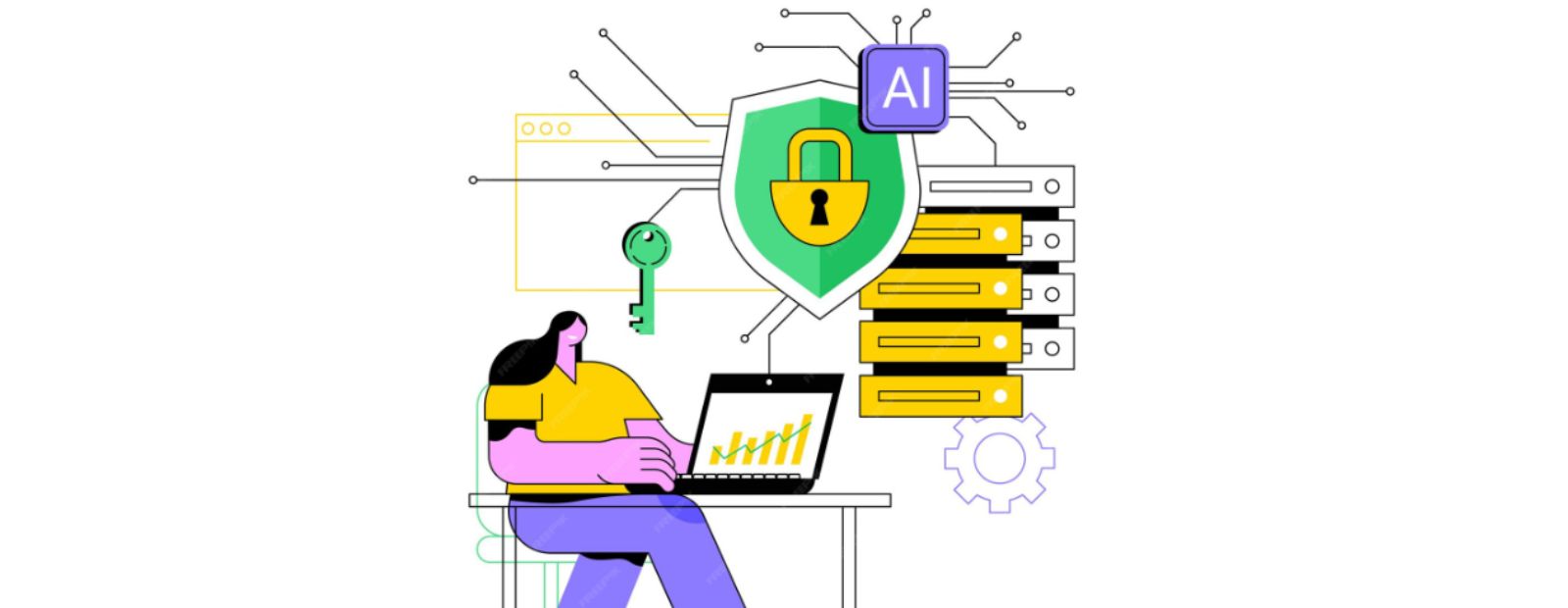Connect with us

Securing Your eCommerce Customer Support: Best Practices for Safe Email Communications
In 2023, 35% of malware was delivered via email, making it the most common attack vector. Running an eCommerce platform means that your customers trust you with a lot of sensitive data. This, along with ever-increasing privacy regulations, makes cybersecurity increasingly important.
While many companies protect their internal systems, they don't consider how they exchange information with their clients. In this post, we look at how you can secure your email communications.
Establish Clear Security Protocols for Customer Support Emails
A solid cybersecurity strategy starts with well-defined security protocols that outline how customer support emails should be handled. This can include:
- Limiting access to sensitive information to only those who need it.
- Ensuring emails containing sensitive customer data are handled by authorized personnel.
- Setting guidelines for what information can be shared via email and when other secure methods are necessary.
By providing customer support agents with clear policies and procedures, companies can significantly reduce the risk of accidental data exposure through email.
Use Encrypted Email Services
Using high-level encryption is not only a good practice, but it keeps you compliant with data protection regulations. These programs convert the messages into garbled code when in transit. The technology makes it impossible to read the messages if someone intercepts them. The only person who can read it is the person it's intended for.
Most email services today provide this protection. Gmail and Outlook offer good encryption for their business packages. If you need more, you can use a service like Protonmail.
Adopt Secure Communication Platforms for Customer Interactions
Secure customer communication systems can enhance email security even further, while encrypted email services provide strong protection. These systems' end-to-end encryption and variety of secure messaging features, including secure portals for exchanging sensitive data, allow customers to connect with confidence.
By incorporating a secure platform into your customer service process, you lessen the need for email and lower the security risks involved.
Some businesses also leverage chatbots and automated response systems, including security measures to enhance protection further.
Implement Multi-Factor Authentication (MFA)
A password helps to secure an email account. However, hackers use sophisticated tools to crack passwords, so it makes sense to have additional security.
You can use a simple app like Microsoft Authenticator to generate a random code. When logging into your emails, you must open the app and type in the code. You can also use other apps or a security token. To amp up the security, you can also use biometric authentication.
Do you think it's overkill? Hackers often befriend someone in the company. They may also clone phones or use clever social engineering to get the randomly generated codes. Many people use simple passwords that are easy to guess, so using multiple authentication methods makes sense.
While it's a bit onerous, this approach reduces the risk of email breaches.
Regular Security Awareness Training for Support Teams
94% of companies reported email attacks in 2023. While anti-malware programs are good, they're not infallible. They're pretty much useless if someone clicks on the wrong link.
You need to ensure that your eCommerce team can recognize and respond to these risks. If you work with an outsourced support team, be sure that their training is up to date in this area.
They need to be well-versed in providing the best support while protecting your customer data.
The best way to do this is to conduct regular training. Explain the latest attack vectors and how to recognize dodgy emails. You can even send random phishing emails to see if they can recognize these attempts. It would help if you taught your team to verify suspicious requests and explain why to your clients.
Doing this will minimize the risk of human error leading to a breach.
Promote a Culture of Cybersecurity
In addition to training, companies should foster a culture of cybersecurity throughout the organization. This entails making certain that everyone, from entry-level customer service representatives to senior executives, is aware of their responsibility to preserve sensitive data. When cybersecurity is prioritized at all organizational levels, the probability of security breaches is reduced.
Encouraging open communication about security threats and the use of secure communication methods helps build a more resilient support team.
Use Strong Password Policies
Many people use simple vital phrases that are easy to remember. Unfortunately, these are also easy to crack. A strong password is:
- At least 12 characters long
- Not used for any other account
- A random mix rather than words
- A mixture of letters, numbers, and special characters
- Using both upper and lower case
You should clearly define the rules for setting strong passwords and ensure that your employees know not to share them or write them down.
Rotate Passwords Regularly
In addition to setting strong password policies, it's essential to enforce password rotation at regular intervals. This means requiring employees to update their passwords every few months, reducing the risk of hackers exploiting old credentials. Implementing this policy across the board, including within your customer support teams, adds another layer of security to your email systems.
Use Email Authentication Protocols
These protocols make sure that the emails sent from your domain are legitimate and protect your domain from spoofing or phishing:
- SPF: This verifies that senders of an email are authorized to send them from your
- DKIM: This attaches a digital signature to each outgoing email, verifying that it hasn't been altered during transmission.
- DMARC: This helps stop spammers from using your domain to send phishing emails. It also provides feedback on how your email authentication protocols are working.
These not only stop bad actors from misusing your domain but also prevent your emails from being flagged as spam.
Avoid Sharing Sensitive Information Over Email
You should never send sensitive information over email. Examples include:
- Credit card details
- Social Security numbers
- Login details
Always assume that someone will intercept the information, so look for secure alternatives. These include secure web forms, customer portals, payment gateways, or encrypted messaging services. Just ensure that the products you use have better security than the typical email client.
Monitor for Suspicious Email Activity
Artificial intelligence is proving beneficial for bad actors. Fortunately, it works for the good guys too. You can use specialist programs to monitor unusual patterns like:
- Mass email forwarding
- Login attempts from unknown locations
- Suspicious attachments
The system can alert your security team to these activities. It can also quarantine suspicious emails and attachments and take appropriate action. This regular monitoring can catch potential issues in the early stages, preventing further damage.
Set Up Email Retention Policies
How long do you need to store emails for? Keeping them any longer increases the risk of data loss due to a breach. What you want to do is minimize how much sensitive data you store. This is a good practice for all of your customer's records too.
Review and Update Security Procedures
Security threats are constantly evolving, and so should your procedures. Conduct regular reviews of your email security policies to ensure that they remain effective against emerging threats. This includes updating software, email retention policies, and employee training to keep up with the latest security challenges.
Regularly Update Software and Security Patches
It's easy to become complacent about those updates. They sometimes come through thick and fast. Unfortunately, cybercriminals are counting on you not doing that. They'll use malware that takes full advantage of bugs. Until you upload the security patch, you're vulnerable.
Establish a Response Plan for Email Security Incidents
It's essential to plan for all contingencies. If there's a breach, you need to act quickly. Having a response plan allows you to do just that. It explains what your employees need to do and who they should notify.
You should also run regular drills so that everyone can react quickly.
Conclusion
Data privacy regulations are becoming stricter. In addition, consumers are becoming less understanding of breaches. You'll not only face severe financial consequences, but also reputational risk.
Securing your email communications is a great place to start. Adopting the multi-pronged approach described above helps you safeguard your systems. Finally, you need to prepare in case the worst happens. The better your planning, the safer your data is.








